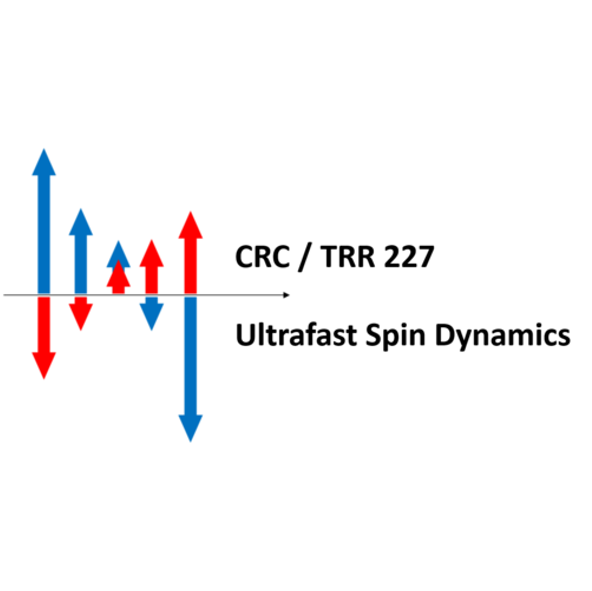Our Motivation
One of the deeply intriguing aspects of solid state physics is how many-body systems with countless particles, interactions, correlations and excitations organize such that order emerges out of the chaos. This often leads to very useful and intriguing properties, e.g. superconductivity, magnetic order, metal-isolator transitions etc. emerging due to these interactions in materials often referred to as strongly correlated or quantum materials.
At the core of such complex emergent states lie the interactions between the elementary degrees of freedom in such materials, the electronic, spin, orbital and lattice degrees of freedom. However, these interactions are inherently hard to investigate in thermal equilibrium due to simultaneous presence of various couplings and the absence of directly measurable observables.
Femtosecond time-resolved methods promise to overcome this problem by investigating the interactions of the various degrees of freedoms directly in the time domain, however quantitative information requires combining subsystem specific quantitative probe methods.
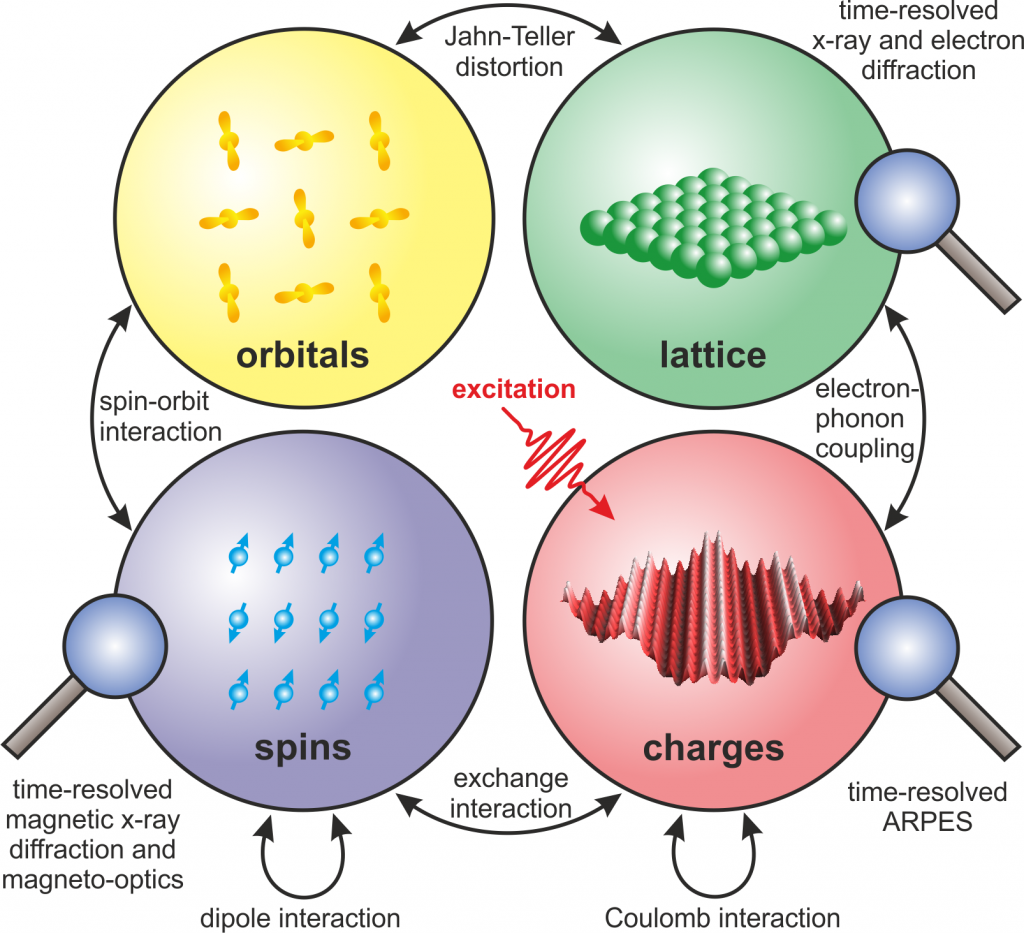
Our research focusses on studying the couplings of fundamental degrees of freedom in quantum correlated materials using a combination of complementary and quantitative ultrafast methods with subsystem selective sensitivity
Our Techniques
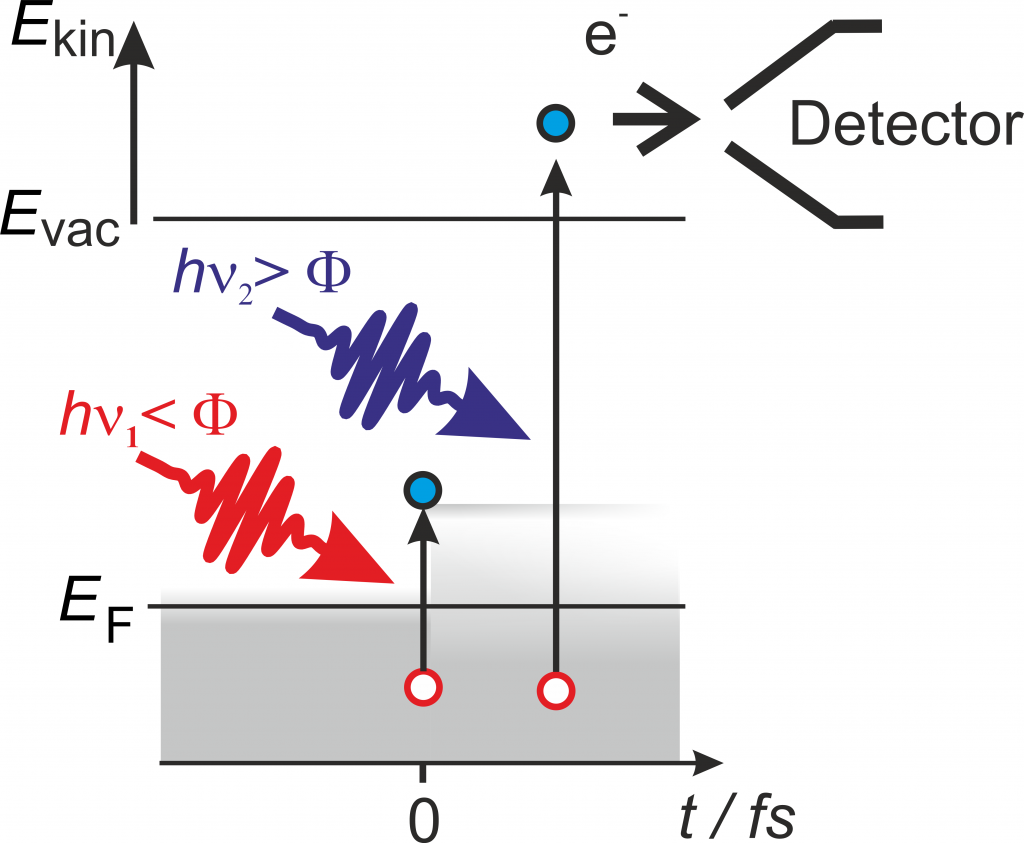
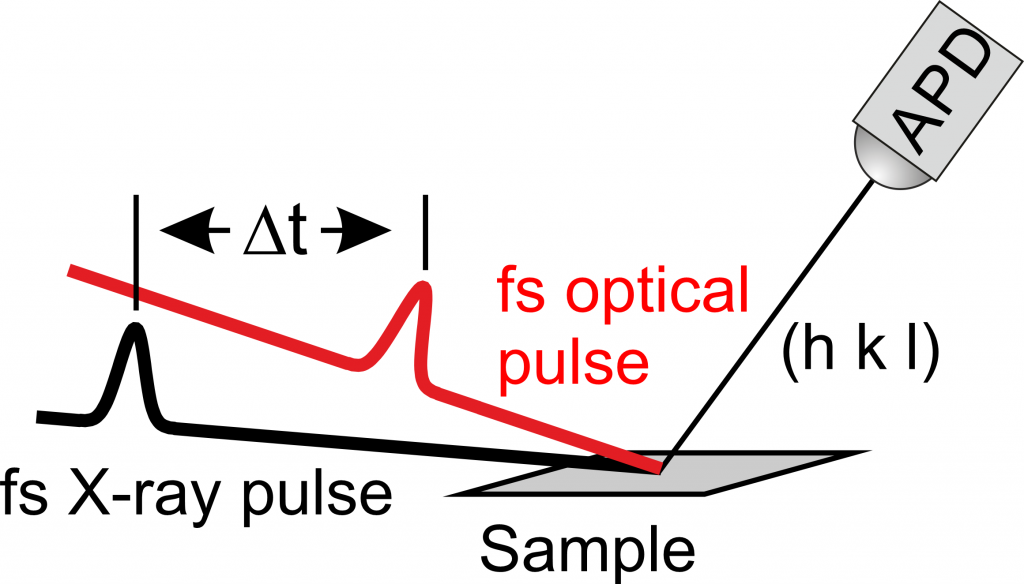
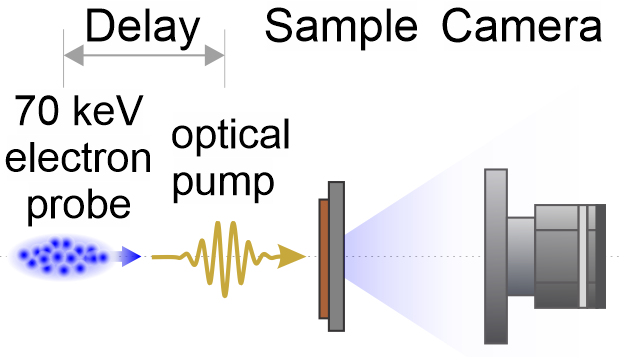
Ultrafast dynamics of the electronic system:
time- and angle-resolved photoemission spectroscopy
Ultrafast dynamics of the lattice and spin system:
time-resolved (resonant) X-ray diffraction
Ultrafast dynamics of the lattice system:
femtosecond electron diffraction
Research Topics
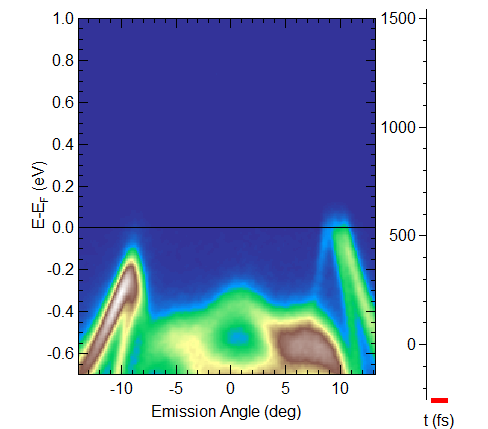
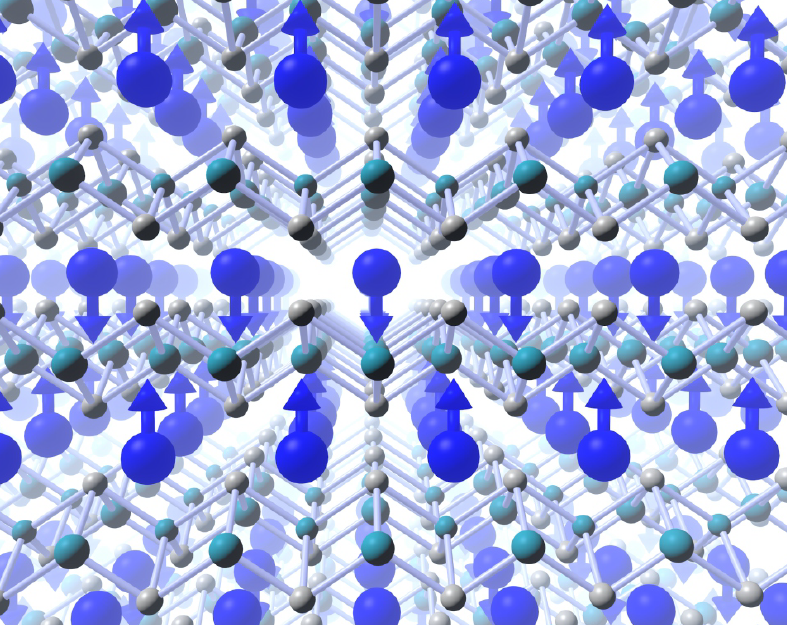
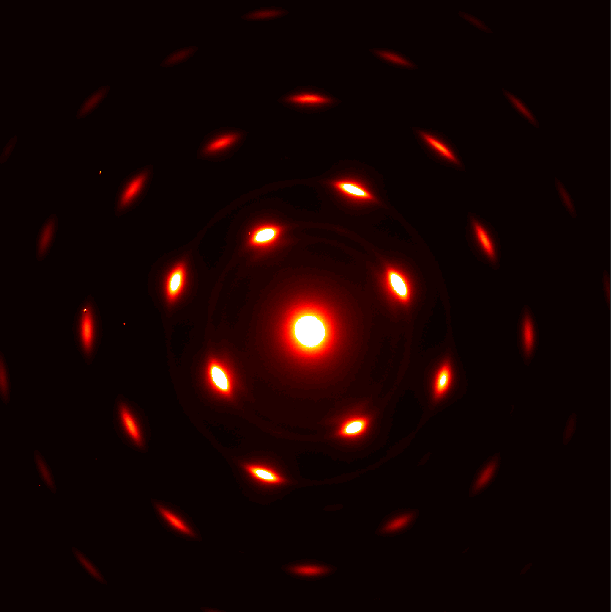
Externally funded research projects
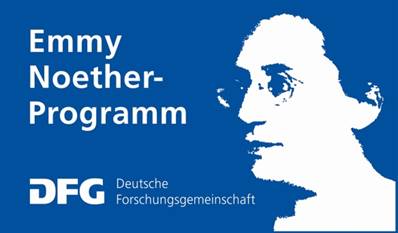
Emmy Noether Research group
Beyond time constants: Quantifying interactions in correlated materials by complementary ultrafast time-domain approaches
